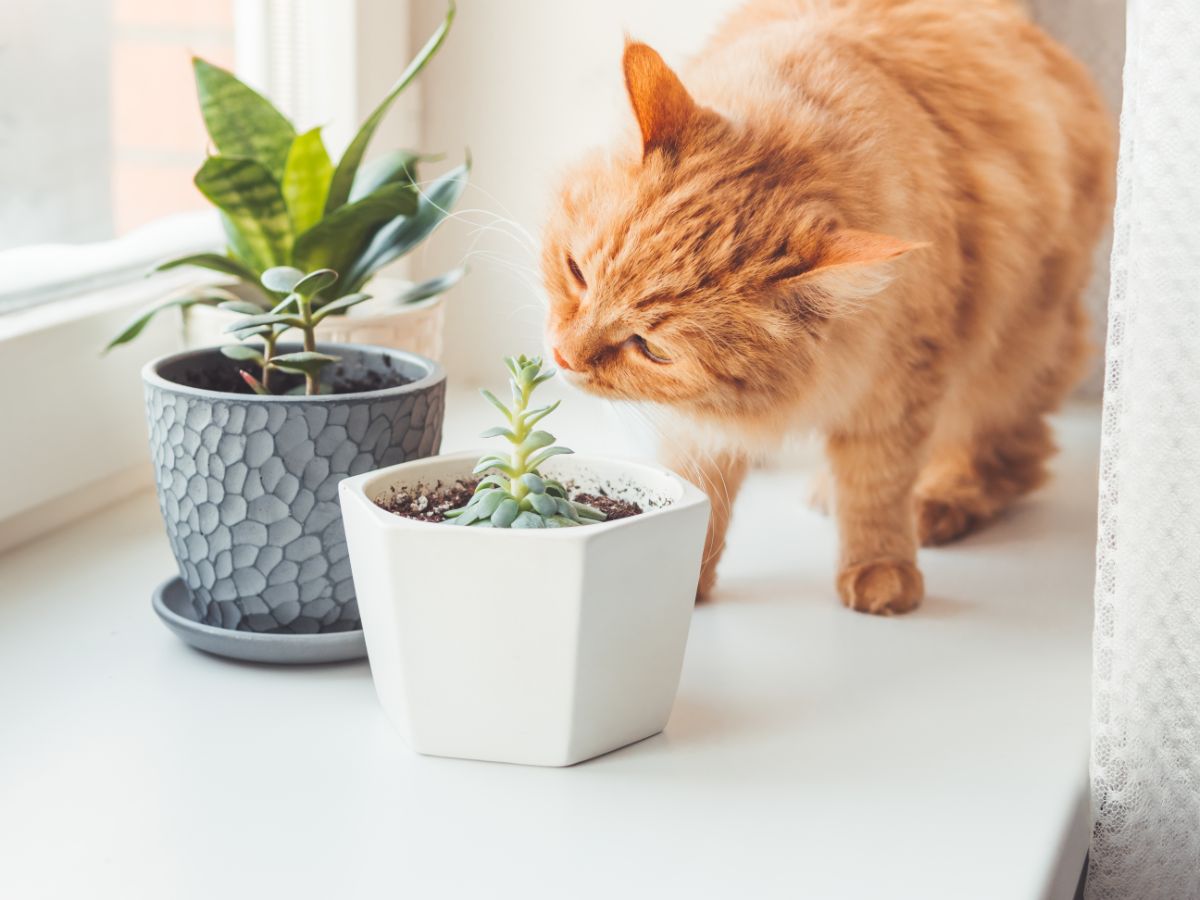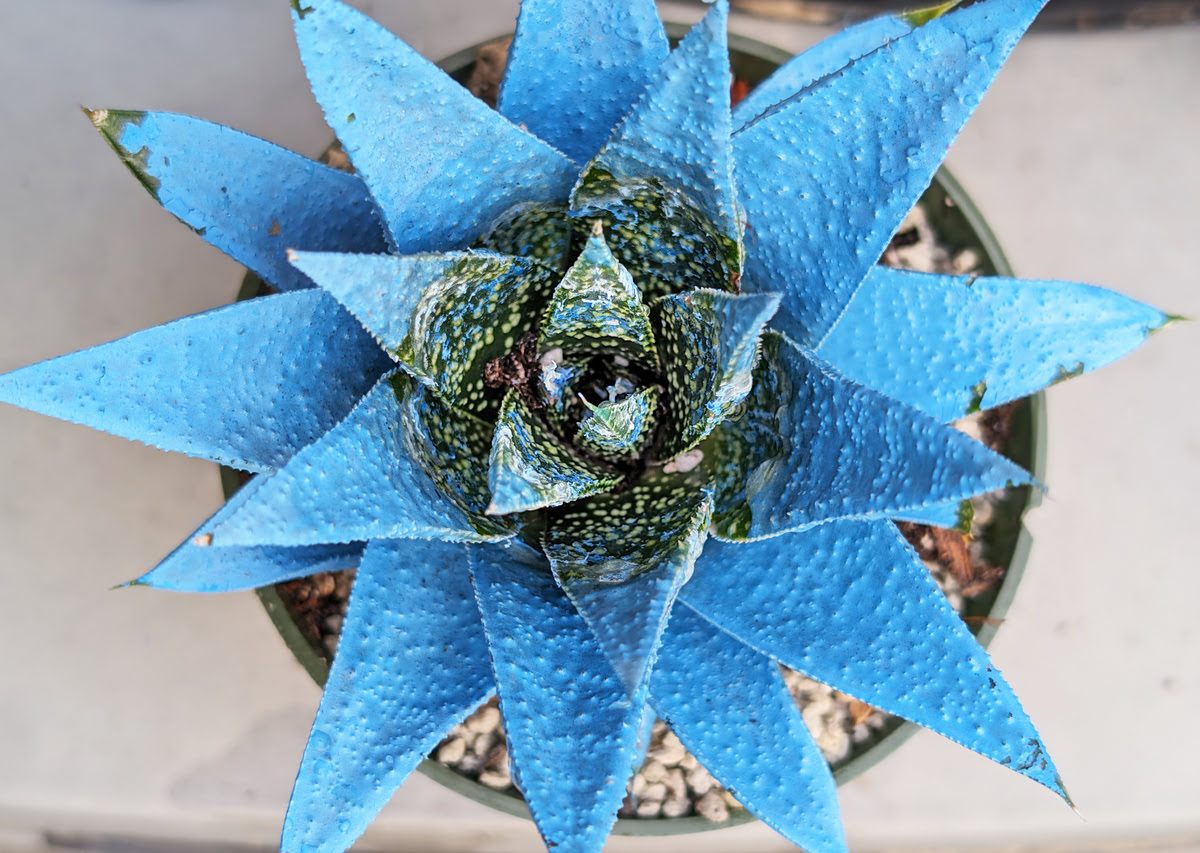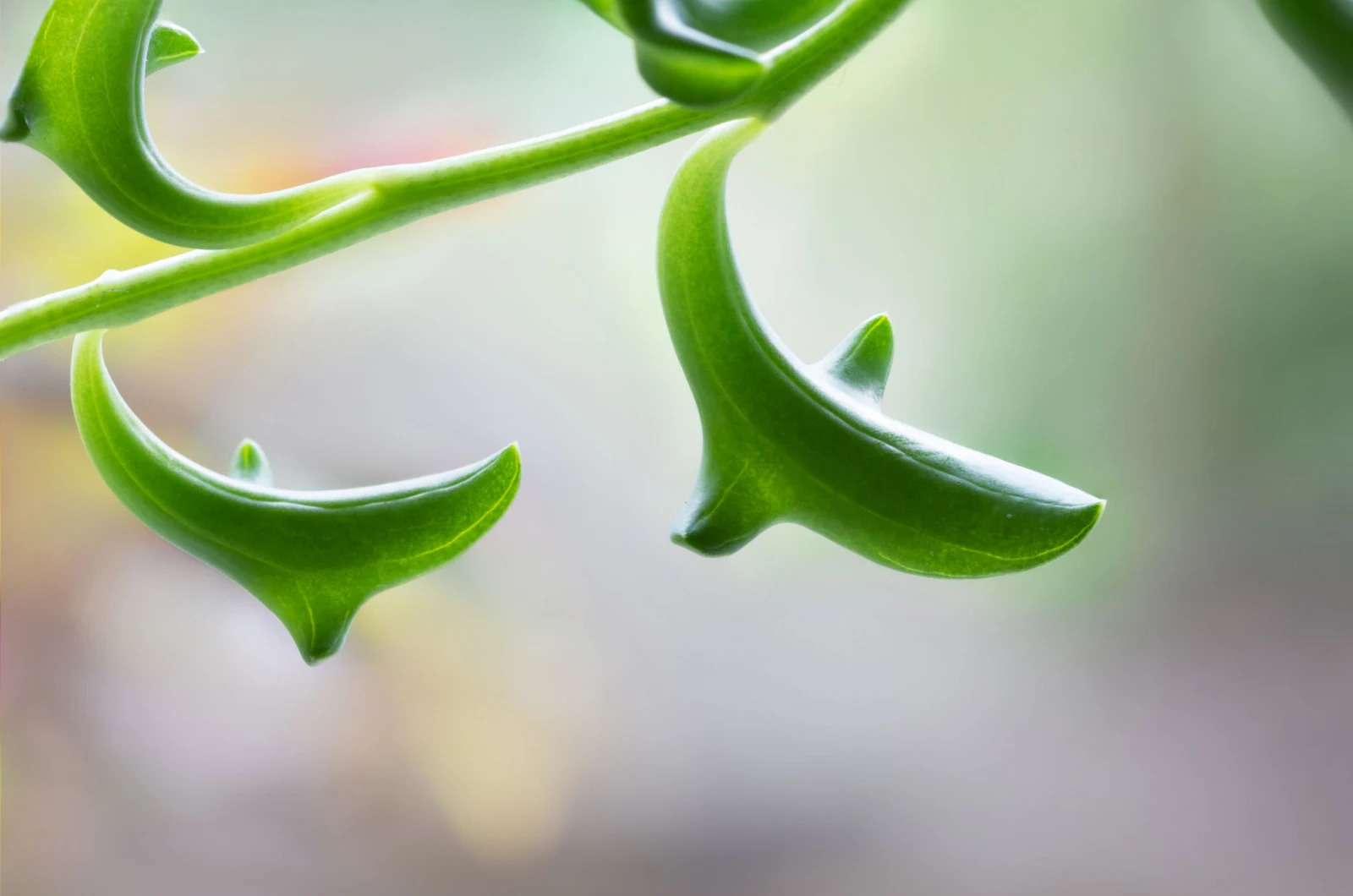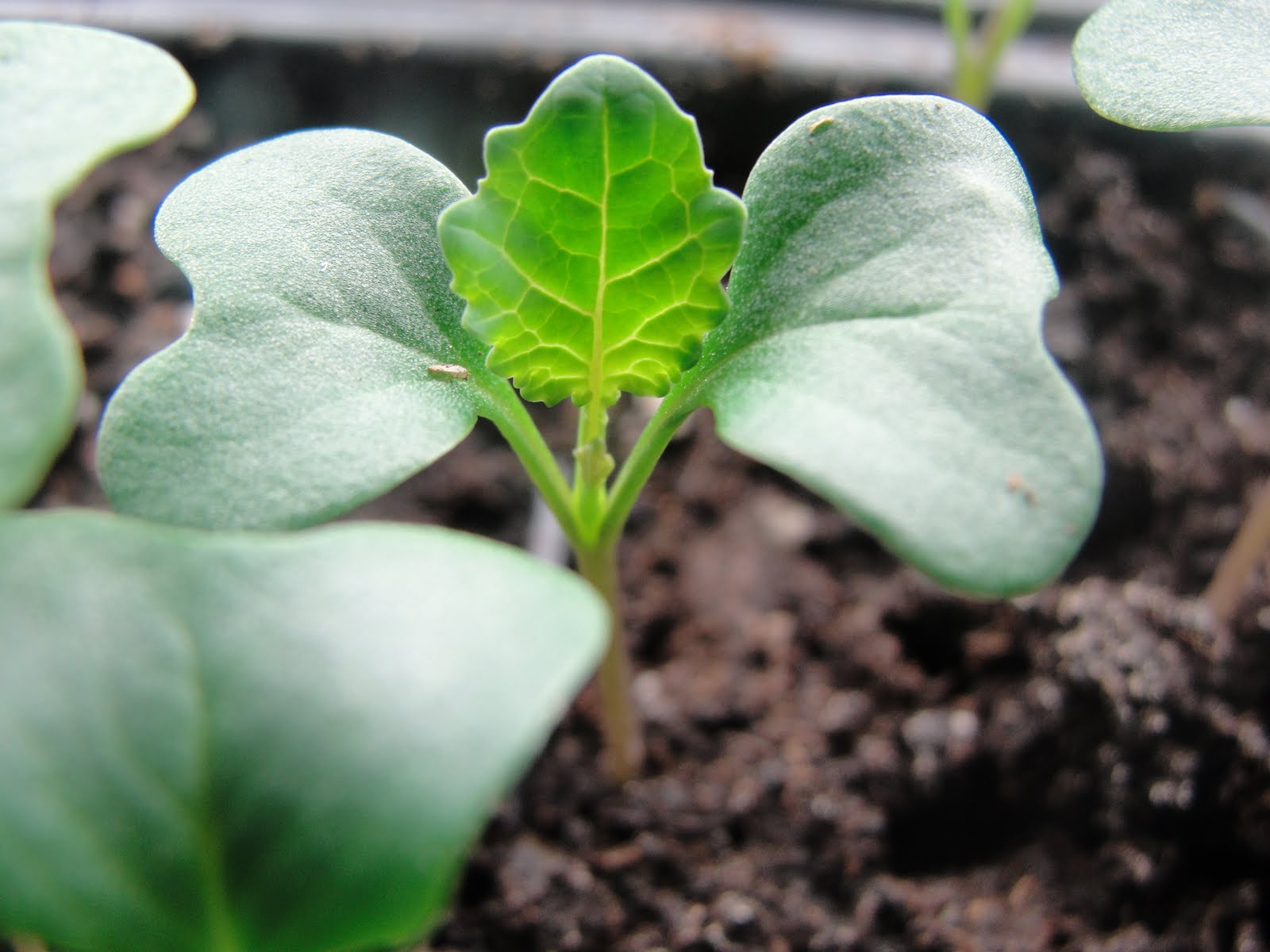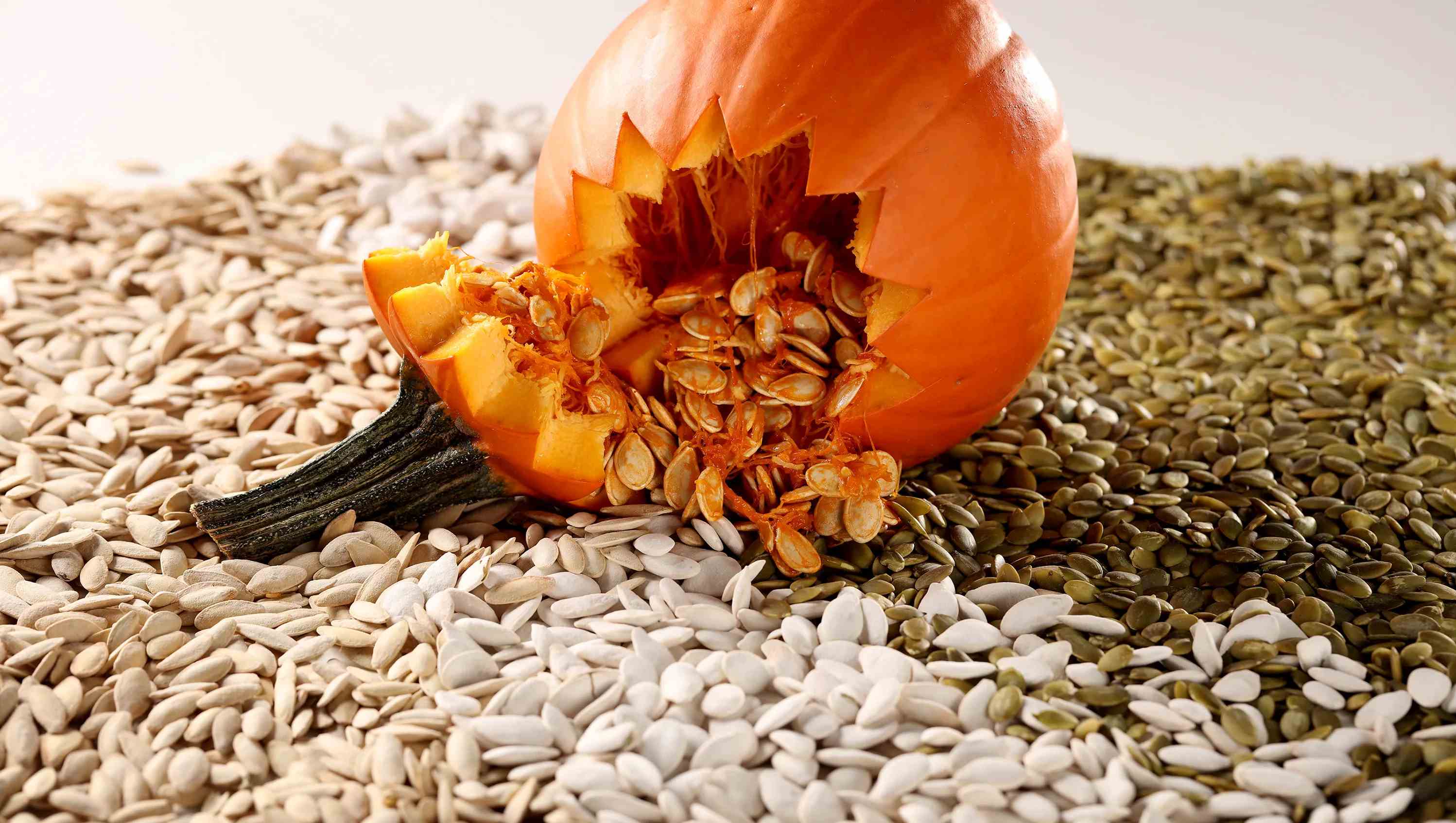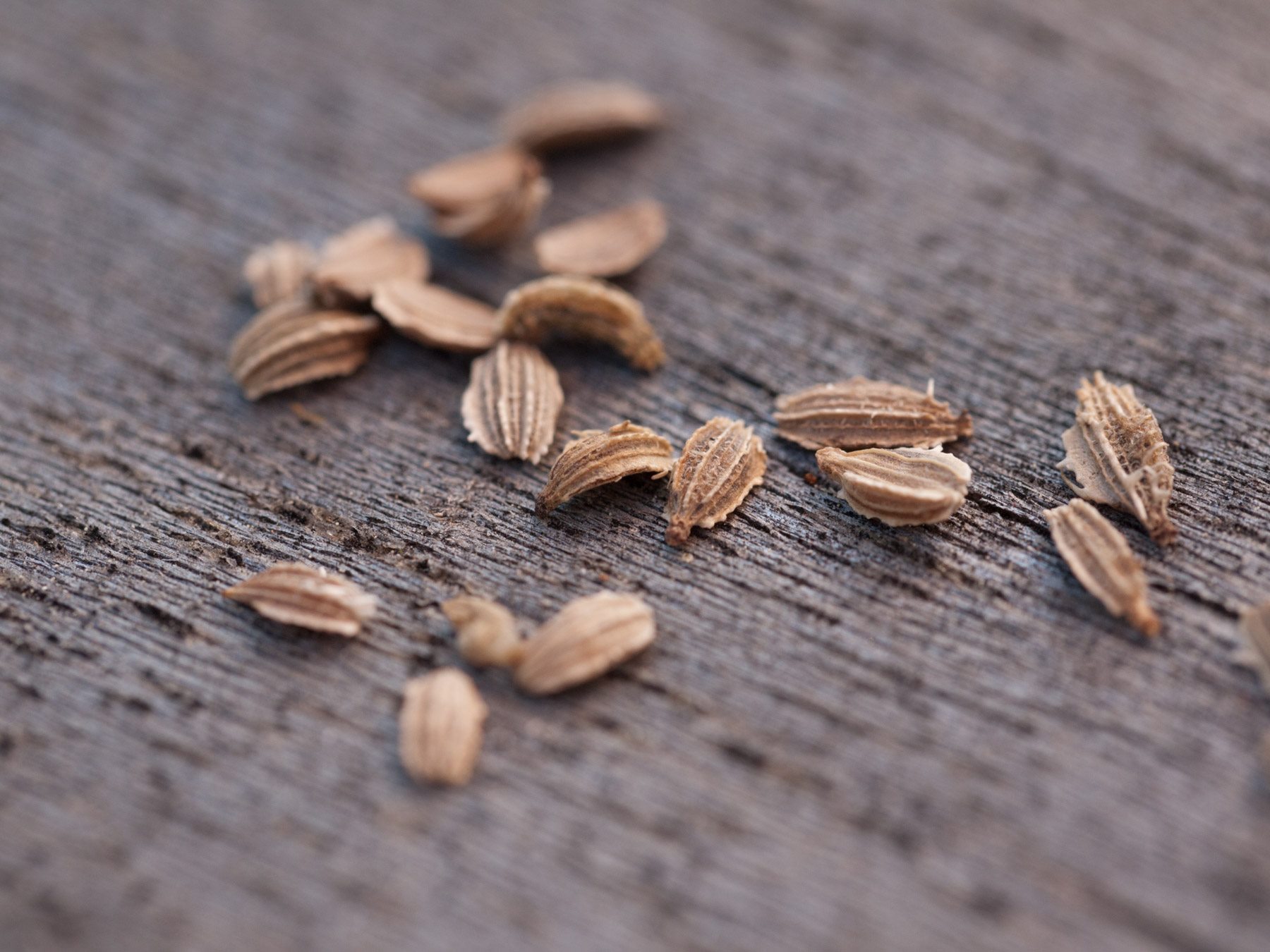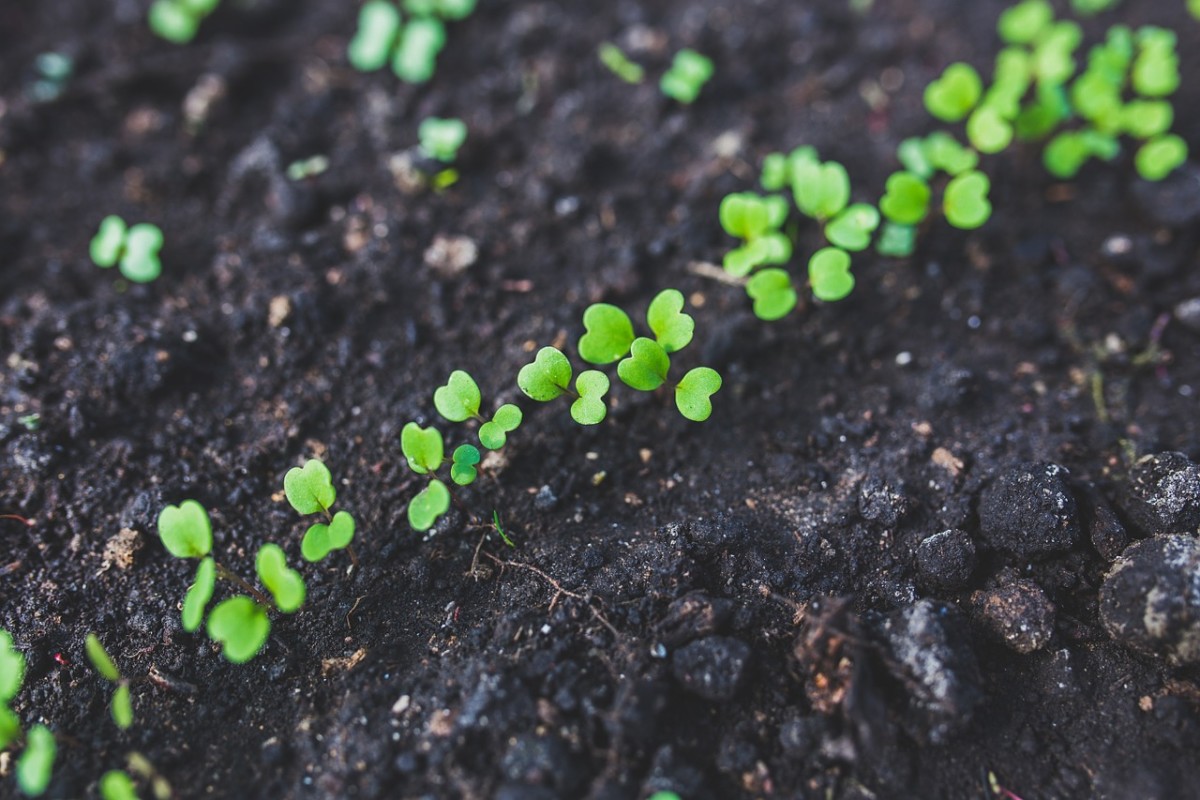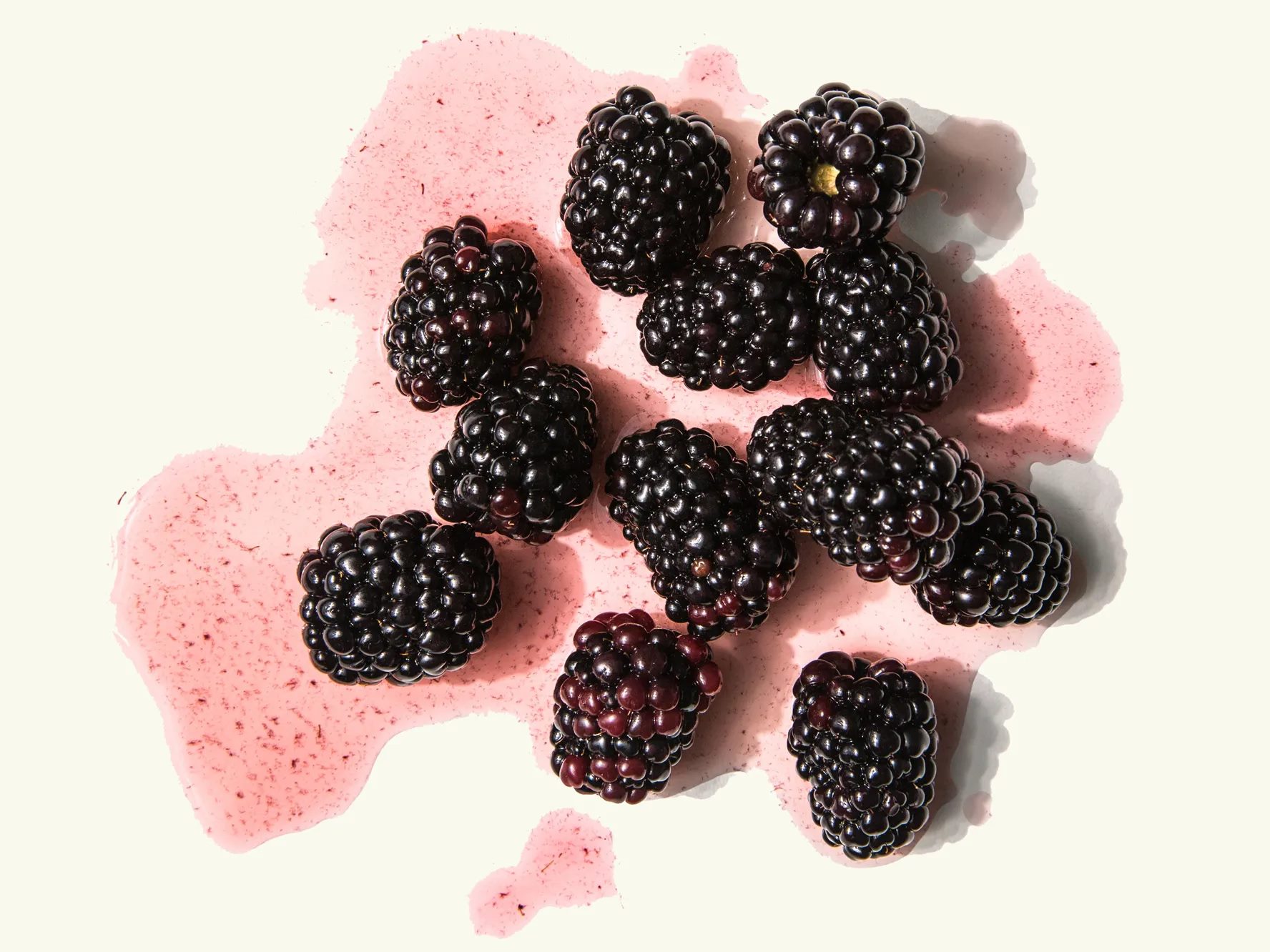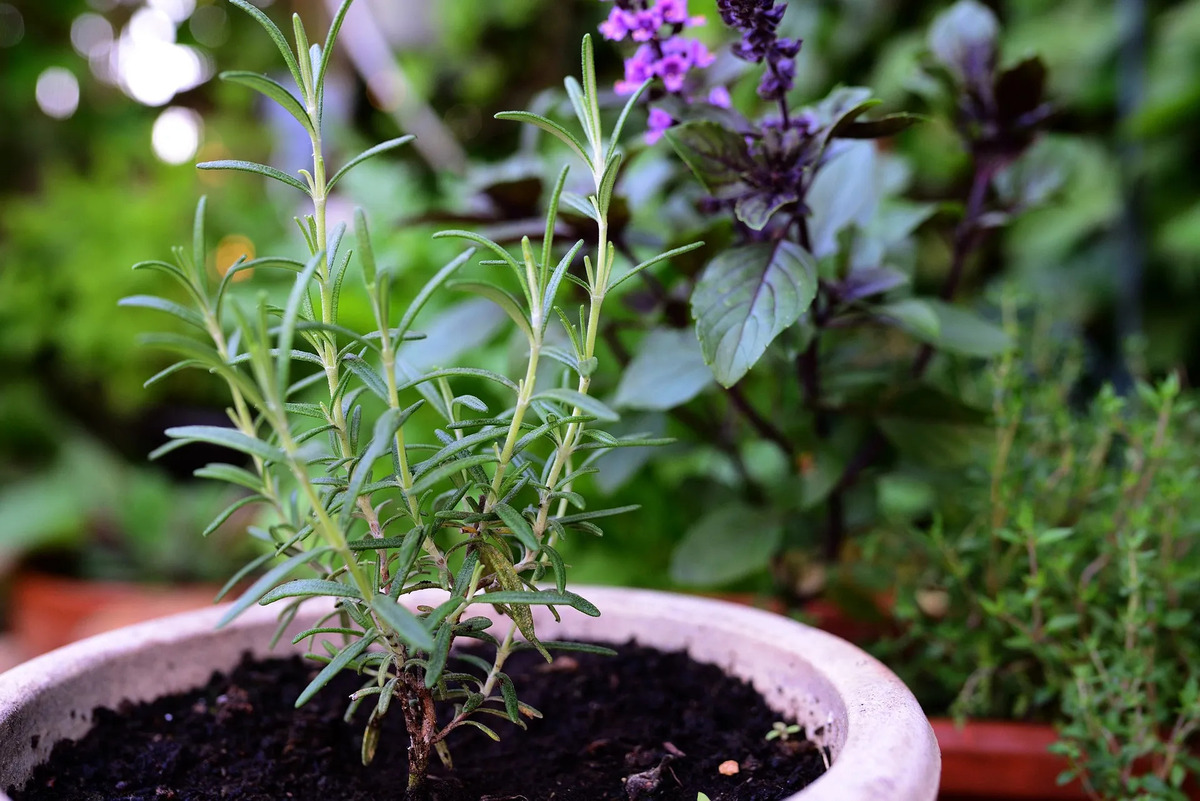Home>Types of Gardening>Ornamental Gardening>How To Plant Succulents From Seeds


Ornamental Gardening
How To Plant Succulents From Seeds
Modified: February 9, 2024
Learn the step-by-step process of planting ornamental succulents from seeds, and create a stunning garden with our helpful guide.
(Many of the links in this article redirect to a specific reviewed product. Your purchase of these products through affiliate links helps to generate commission for Chicagolandgardening.com, at no extra cost. Learn more)
Table of Contents
Introduction
Ornamental gardening is an art that brings beauty and serenity to our outdoor spaces. One popular aspect of this gardening style is growing succulents, which are known for their unique and striking forms. While most succulent enthusiasts opt for purchasing mature plants, starting from seeds can be a rewarding and cost-effective way to grow your collection.
Planting succulents from seeds allows you to witness the entire growth process, from a tiny seedling to a vibrant and fully developed plant. Whether you’re a beginner or an experienced gardener, this guide will take you through the steps of planting succulents from seeds, ensuring successful germination and healthy growth.
Before diving into the practical aspects, it’s important to understand why succulents make excellent additions to any garden. These resilient plants have adapted to arid climates and are capable of storing water in their leaves, stems, or roots. This makes them well-suited for low-maintenance gardens and perfect for those who may not have a green thumb.
Succulents also come in a wide variety of shapes, colors, and textures, making it possible to create stunning displays by mixing and matching different species. From the iconic Aloe Vera with its soothing gel to the fascinating Echeveria with its rosette-shaped leaves, there is a succulent to suit every taste and style.
Now that we’ve explored the appeal of succulents, let’s dive into the process of starting your own succulent garden from seeds. By following these steps, you’ll soon be able to enjoy the beauty of these charming and resilient plants.
Choosing the Right Succulent Seeds
When it comes to choosing succulent seeds, there are a few factors to consider to ensure successful germination and healthy plant growth. Here are some tips to help you select the right seeds for your ornamental garden:
- Research and Identify the Species: Before purchasing succulent seeds, familiarize yourself with different species and their specific requirements. Some succulents prefer direct sunlight, while others thrive in partial shade. Knowing the specific needs of the species you want to grow will help you provide the ideal growing conditions.
- Purchase from a Reliable Source: It’s crucial to buy seeds from reputable suppliers to ensure their quality and authenticity. Look for suppliers with positive reviews and a wide selection of succulent seeds. This will increase the likelihood of obtaining viable and genetically diverse seeds.
- Consider Seed Varieties: Succulents come in various shapes, sizes, and colors, and the same goes for their seeds. Explore different seed varieties to add diversity to your garden. Additionally, some seeds may have specific features like variegation or unique growth habits that you might find intriguing.
- Check for Freshness: Freshness is key when it comes to succulent seeds. While succulent seeds have long shelf lives, it’s still important to make sure the seeds you purchase are viable. Look for packaging dates or inquire about the freshness of the seeds before making a purchase.
- Consider Hybrid Seeds: Hybrid succulent seeds offer a range of unique colors and patterns that may not be found in naturally occurring species. These seeds can result in visually stunning and one-of-a-kind plants for your garden.
Remember, each species and variety of succulent has its own distinct characteristics, so take the time to choose seeds that align with your preferences and the conditions in your garden. By selecting the right succulent seeds, you’re setting yourself up for a successful and visually captivating garden.
Preparing the Planting Materials
Before you sow your succulent seeds, it’s important to prepare the right planting materials to create an optimal environment for germination and growth. Here are the essential steps to get your planting materials ready:
- Select a Well-Draining Soil: Succulents require well-draining soil to prevent waterlogged roots. Choose a soil mix specifically formulated for succulents, or create your own by combining potting soil, pumice, and perlite in equal parts. This will ensure that excess water drains away quickly, preventing root rot.
- Choose Suitable Containers: Use small, shallow containers with drainage holes to sow your succulent seeds. Plastic or terracotta pots work well for this purpose. Ensure that the containers are clean and sterilized to minimize the risk of diseases or pests.
- Prepare Seed Trays: If you prefer to sow a larger quantity of seeds, you can use seed trays instead of individual pots. Fill the trays with your well-draining soil mixture, making sure to gently tamp it down to create a level surface for sowing.
- Moisten the Soil: Before sowing the seeds, lightly moisten the soil mixture. Avoid saturating it, as excessive moisture can lead to fungal issues. The goal is to create a slightly moist environment that will facilitate germination.
- Label the Containers: It’s important to label your containers or trays with the name or variety of the succulent seeds you are sowing. This will help you keep track of the different species as they grow, making it easier to care for them appropriately.
By preparing your planting materials in advance, you are setting the stage for successful germination and healthy growth of your succulent seeds. These steps ensure that the soil is well-draining, the containers are suitable, and everything is organized for a smooth planting process.
Sowing the Succulent Seeds
Sowing succulent seeds requires precision and care to maximize the chances of successful germination. Follow these steps to sow your succulent seeds:
- Prepare the Soil: Ensure that the soil in your containers or seed trays is slightly moist, as this will provide an ideal environment for seed germination. Avoid overwatering, as excessive moisture can lead to rot.
- Sow the Seeds: Gently sprinkle the succulent seeds evenly over the surface of the soil. Try to space the seeds apart to allow room for growth. For smaller seeds, you can lightly press them into the soil using the back of a spoon or your fingertips.
- Lightly Cover the Seeds: Succulent seeds generally require light for germination, so it’s best to lightly cover them with a thin layer of vermiculite or fine-grain sand. This will help retain moisture while still allowing light to penetrate.
- Maintain Moisture: To ensure optimal germination, mist the surface of the soil with water or place a plastic dome over the containers or trays to create a mini greenhouse effect. This will help retain moisture and create a humid environment.
- Provide Indirect Sunlight: Place the containers or trays in a location that receives indirect sunlight, such as a bright windowsill. Avoid placing them in direct sunlight, as it can cause excessive heat and lead to the drying out of the soil.
- Monitor and Mist: Check the moisture level of the soil regularly and mist with water as needed to maintain a slightly moist environment. Be careful not to overwater, as succulent seeds are prone to rot if they sit in soggy soil.
- Be Patient: Succulent seeds can take anywhere from a few days to several weeks to germinate, depending on the species. Be patient and resist the temptation to disturb the soil or increase watering excessively. Trust the process and allow nature to take its course.
Sowing succulent seeds requires attention to detail and patience. By providing the right conditions of moisture, light, and a suitable microclimate, you increase the chances of successful germination and the growth of healthy seedlings.
Providing the Optimal Growing Conditions
Creating an environment that meets the specific needs of succulent seedlings is vital for their healthy growth and development. Here are some key factors to consider when providing optimal growing conditions:
- Light: Succulents require bright, indirect light to thrive. Place your seedlings in a location that receives ample sunlight, such as a south-facing window. If natural light is limited, supplement with grow lights to ensure they receive the necessary light intensity.
- Temperature: Most succulents prefer warm temperatures ranging from 65°F to 75°F (18°C to 24°C). Avoid extreme temperature fluctuations and protect your seedlings from drafts and cold air. In colder months, provide additional warmth with a heating mat.
- Air Circulation: Good air circulation is important for succulents to prevent the growth of mold and fungus. Avoid placing seedlings in humid or stagnant environments and provide gentle air movement with a fan, if necessary.
- Watering: It’s crucial to strike the right balance when watering succulent seedlings. Allow the soil to dry out partially between watering to prevent waterlogging, which can lead to root rot. Use the “soak and dry” method: thoroughly water the soil until it drains from the bottom, then wait for it to dry out before watering again.
- Fertilizing: Succulent seedlings have relatively small nutrient requirements. After the first few weeks of growth, you can start fertilizing them with a diluted succulent-specific or balanced liquid fertilizer. Follow the instructions on the product label for application frequency and dosage.
- Transplanting and Repotting: As your succulent seedlings grow, they will need more space to thrive. Transplant them into individual pots once they outgrow their initial containers, using a well-draining soil mix. Be gentle when handling the delicate roots and avoid damaging them.
- Protection from Pests and Diseases: Keep a watchful eye for common pests such as aphids or mealybugs. If you notice any signs of infestation, promptly treat the affected seedlings with organic pest control methods. Also, avoid overwatering to prevent the occurrence of fungal diseases.
By providing the optimal growing conditions, including the right amount of light, temperature, air circulation, and proper watering and feeding, your succulent seedlings will have the best chance of thriving and developing into mature, beautiful plants.
Caring for the Seedlings
Caring for succulent seedlings requires attention to detail and consistent care to ensure their healthy growth. Here are some essential tips for nurturing your succulent seedlings:
- Monitor Soil Moisture: Succulent seedlings have delicate roots that are susceptible to rot. Check the moisture level of the soil regularly and water only when the top inch of soil is dry. Avoid overwatering, as it can lead to fungal issues and root rot. Remember, it’s better to underwater than to overwater succulents.
- Provide Adequate Light: Place your succulent seedlings in a well-lit area that receives bright, indirect sunlight. As they grow, adjust their position to ensure they are getting enough light. If natural light is limited, supplement with grow lights to provide sufficient illumination.
- Rotate the Seedlings: To prevent your succulent seedlings from stretching or leaning towards the light, regularly rotate them by a quarter turn. This will promote upright growth and prevent them from becoming lopsided.
- Gradually Introduce Sunlight: When your seedlings have grown a bit and have developed stronger roots, gradually introduce them to direct sunlight. Start with a few hours of morning or evening sun and gradually increase the exposure as they acclimate to prevent sunburn.
- Avoid Overcrowding: Succulent seedlings need adequate space for their roots to grow and access nutrients. If they become crowded in their containers, gently separate them and transplant them into individual pots. This will ensure they have room for healthy root development.
- Monitor Temperature and Humidity: Succulents thrive in a warm and dry environment. Maintain the temperature in the recommended range and avoid exposing them to cold drafts or extreme fluctuations. Provide good air circulation to prevent excess humidity, which can lead to fungal issues.
- Remove Unhealthy Seedlings: Remove any seedlings that show signs of disease or poor growth, such as wilting, discoloration, or stunted growth. This will prevent the spread of disease and allow healthy seedlings to thrive.
- Patience is Key: Succulent seedlings take time to develop and mature. Be patient and resist the temptation to rush the process. With the right care and patience, your seedlings will grow into strong and vibrant succulent plants.
By providing the proper care, including monitoring soil moisture, providing adequate light, and being mindful of temperature and humidity, you can successfully nurture your succulent seedlings into strong and healthy plants.
Transplanting the Succulent Seedlings
As your succulent seedlings grow, they will eventually outgrow their initial containers and require transplantation to larger pots. Here’s a step-by-step guide to successfully transplanting your succulent seedlings:
- Choose the Right Pot: Select a pot that is slightly larger than the current container of your succulent seedling. Ensure the pot has drainage holes to prevent waterlogging and choose a material that allows for good air circulation, such as terracotta or plastic.
- Prepare the New Pot and Soil: Clean the new pot and add a well-draining succulent soil mix. You can use a commercial succulent potting mix or create your own by combining equal parts of potting soil, pumice, and perlite.
- Gently Remove the Seedling: Carefully remove the succulent seedling from its current container by gently squeezing the sides of the container or using a pencil to loosen the roots. Be careful not to damage the fragile roots.
- Inspect and Trim Roots: Inspect the roots of your seedling and trim any damaged, brown, or rotting roots using sterilized scissors or pruning shears. This will promote healthy growth and prevent the spread of diseases.
- Plant the Seedling: Place the seedling in the center of the new pot, ensuring that the base of the stem sits at the same level as the soil surface. Gently backfill the pot with the prepared soil mix, pressing it lightly to secure the seedling in place.
- Let It Settle: After planting, give the newly transplanted seedling some time to settle into its new environment. Avoid watering for a few days to allow the roots to recover and adjust to the fresh soil.
- Provide Adequate Care: Place the transplanted succulent seedling in a location with bright, indirect light and avoid direct sunlight for a few days to minimize stress. Resume regular watering according to the watering guidelines for mature succulents.
- Monitor and Adjust: Keep an eye on the transplanted seedling for the first few weeks. Adjust the care as needed, making sure to provide the right amount of water, light, and temperature to support healthy growth.
Transplanting your succulent seedlings into larger pots allows them to continue growing and thriving. By following these steps and providing proper care, you’ll ensure a smooth transition for your seedlings as they establish themselves in their new home.
Conclusion
Growing succulents from seeds offers a rewarding and fascinating journey into the world of ornamental gardening. By selecting the right succulent seeds, preparing the planting materials, and providing optimal growing conditions, you can successfully nurture your seedlings into vibrant and resilient plants.
Remember to choose high-quality seeds from reliable sources and research the specific requirements of each succulent species you wish to grow. Preparing well-draining soil, selecting suitable containers, and providing the right moisture and light conditions are essential for successful seed germination.
Caring for the seedlings involves monitoring soil moisture, ensuring adequate light, and maintaining the right temperature and air circulation. As your seedlings grow, transplant them into larger pots to allow for their continued development and healthy root growth.
With patience and dedication, you can create a stunning collection of succulents, with their varied shapes, colors, and textures, adding beauty and uniqueness to your ornamental garden. These low-maintenance plants will enrich your outdoor spaces and bring joy for years to come.
So, get started on your succulent seed growing journey and experience the joy of watching tiny seeds transform into resilient and beautiful succulent plants.

